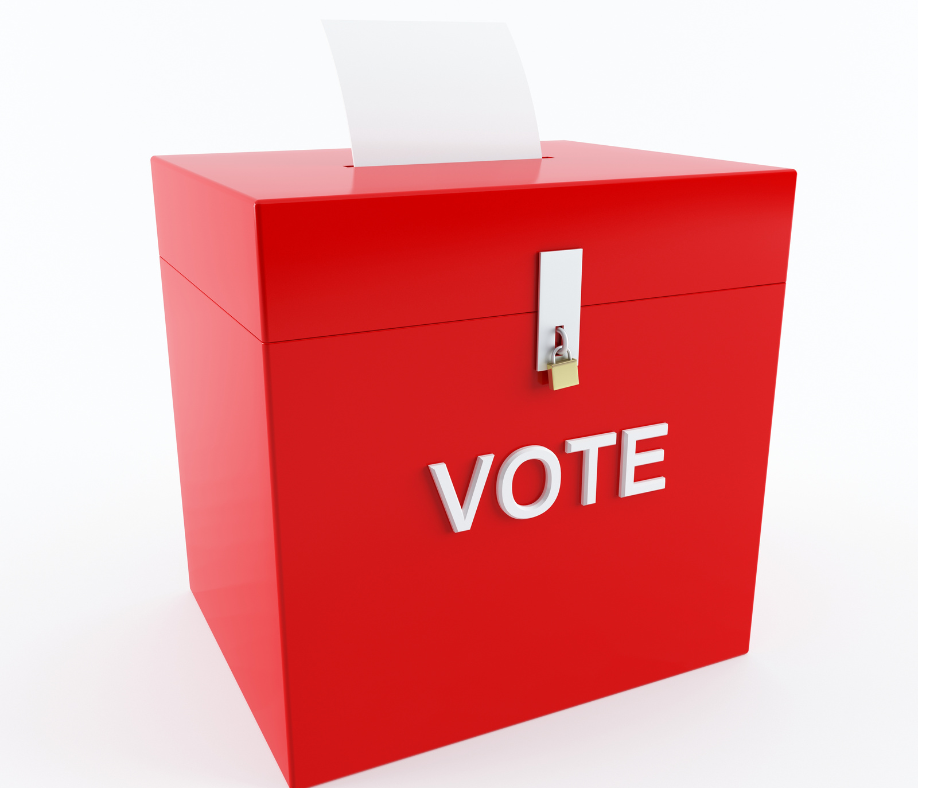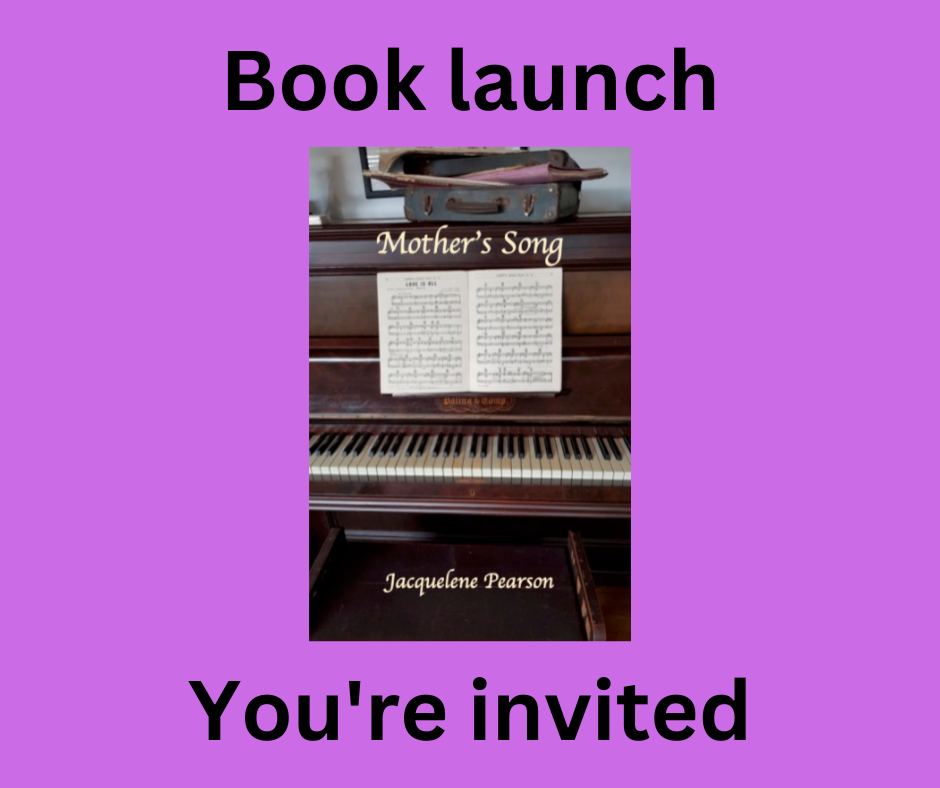We all know voting is compulsory in Australia but that’s no reason for disinterest because, as the old saying goes, “you get the government you deserve” so use this beginner’s guide to make your vote count on March 25.

By Jacquelene Pearson
We don’t trust politicians. We are too busy to worry about the election. All politicians are the same anyway. The excuses for ignoring the impending March 25 NSW State Government election are as long as a piece of string but unless we engage and exercise our right to vote with at least a bit of information then we truly do get the government we deserve.
Whether you are voting for the first time, or it’s been a long time since you’ve really bothered to find out what, where when how and who you are voting for, here’s a quick guide to how the NSW State election works.
The basics
NSW goes to the polls on Saturday, 25 March. Voting is compulsory for those aged 18 or over. You have to enroll to vote https://elections.nsw.gov.au/voters/enrol-to-vote/how-to-enrol. There are three levels of government in Australia – local, state and federal. The March 25 poll is to elect representatives to the NSW Parliament so it is a state election.
The NSW parliament has two houses. The lower house is called the Legislative Assembly and the upper house is called the Legislative Council. The Legislative Assembly has 93 seats, each seat represents a district and they are all contested every four years. Only half the seats in the Legislative Council are up for election each four years. Every seat in the Legislative Council is chosen by the whole state and is supposed to represent the whole state.
You get to vote for a representative from your local electoral district in the Legislative Assembly and for all candidates in the Legislative Council.
Voting options
Voters can choose to postal vote, prepoll or vote on election day at a designated polling centre. Postal votes close on March 20 so you have only a very narrow window left if you wish to use a postal vote https://elections.nsw.gov.au/voters/voting-options/postal-voting.
Prepoll is an option if you are not available on election day. The NSW Electoral Commission has a tool that enables you to enter your street address to find out which electoral district you belong to and where the prepoll locations are for your district. https://elections.nsw.gov.au/elections/find-my-electorate. Prepoll is available on Saturday, March 18 and then from Monday, March 20 to Friday, March 25.
The final option is to vote on election day. You can use the same tool to find voting centres available in your area on election day.
A valid vote
When you arrive at the polling booth and get your name marked off the electoral roll you will be given two ballot papers – one for the Legislative Council and the second, larger paper for the Legislative Council.
Australia has preferential voting and that basically means you number who you want to vote for, giving the number 1 to your first preference, 2 to your next favourite candidate and so on. The NSW election has optional preferential voting.
On your Legislative Assembly ballot paper you only need to put the number 1 next to the name of the candidate you want to vote for.
You can, however, choose to number the other candidates who are contesting the seat. You can decide how many candidates you want to give numbers to but to make sure your vote is valid you must place the number 1 next to one candidate.
The Legislative Council ballot paper will have 21 names on it representing half of the 42 seats in the upper house. Each elected Member of the Legislative Council represents the whole state for eight years. Half of the LC is up for election every four years.
For the Legislative Council you can either vote for a group (above the line) or for individuals (below the line). The line refers to a thick ruled line you will notice on the ballot paper.
If you decide to vote above the line all you need to do is place the number 1 in one of the group voting squares. That means you are voting for the whole group (every name under that group listed below the line). Just like with the Legislative Assembly paper you can give another group the number 2 and so on but this is not necessary.
If you decide to vote below the line because you like candidates from different groups or you want to vote for ungrouped candidates (independents) then you need to number your preferred candidates from 1 to 15. If you don’t number the candidates of your choice from 1 to 15 your below the line vote will not be counted.
The candidates
The NSW Electoral Commission has every candidate listed and most have email addresses and web links so you can check them out and even write to them via email if you have questions to ask. Residents of the Central Coast will be in one of the following state districts for the Legislative Assembly: Gosford, Terrigal, Wyong, The Entrance or Swansea. Lake Macquarie is the other nearby electorate. Here’s an overview.
Wyong
Sitting member: David Harris, Labor
Other candidates: Doug Williamson for The Greens; Susan Newbury for Sustainable Australia Party; Martin Stevenson for One Nation.
The Liberal candidate for Wyong has been disendorsed.
The Entrance
Sitting member: David Mehan, Labor
Other candidates: Georgia Lamb for Sustainable Australia Party; Fardin Pelarek for Animal Justice Party; Nathan Bracken for the Liberal Party; Ralph Stephenson for The Greens; Bentley Logan for the Liberal Democrats.
Terrigal
Sitting member: Adam Crouch, Liberal
Other candidates: Wayne Rigg for Sustainable Australia Party; Imogen Da Silva for The Greens; Sam Boughton for the Labor Party.
Swansea
Sitting member: Yasmin Catley, Labor
Other candidates: Alan Ellis for Sustainable Australia Party; Heather Foord for The Greens; Megan Anderson for the Liberal Party; Paul Jackson for the Liberal Democrats
Gosford
Sitting member: Liesl Tesch, Labor
Other candidates: Hilary Van Haren for The Greens; Deeanna Bocking for the Liberal Party; Ineka Soetens for Sustainable Australia Party; Lisa Bellamy, Independent; Emily McCallum for the Animal Justice Party; Larry Freeman for the Shooters, Fishers and Farmers.
Next week The Point will be publishing candidate profiles.
What’s the point?
Why is it important to understand who you are voting for and to vote according to your values in the NSW state election? There are many reasons. In Australia a state government has responsibility for funding public hospitals and public schools. It is responsible for public transport, major roads and infrastructure. It runs the emergency services and regulates business, trades and property transactions.
The NSW state government also regulates local government. It has a major influence over your day-to-day life as a resident of the state. Your state MP can help you with matters relating to housing, health, education and police. State government makes laws about how our environment is regulated and protected.


